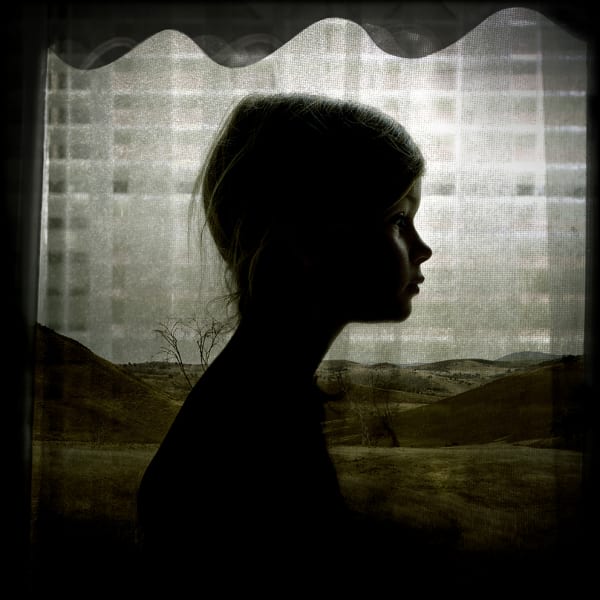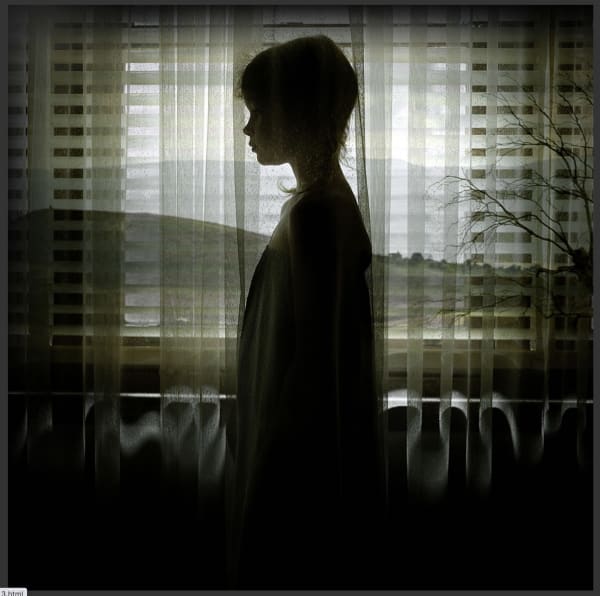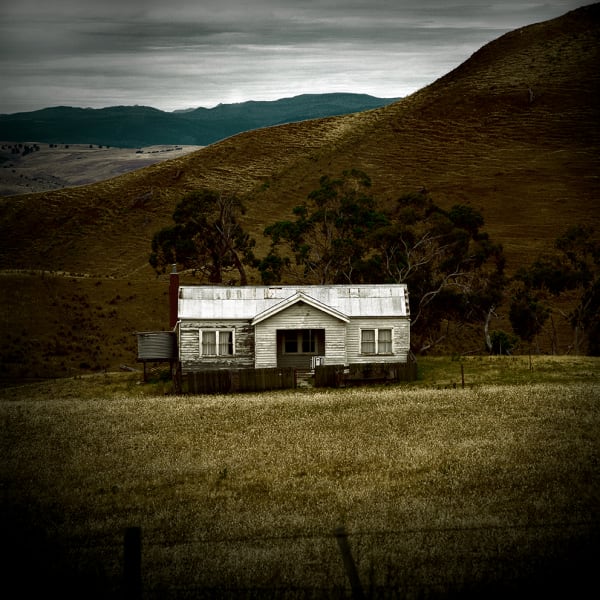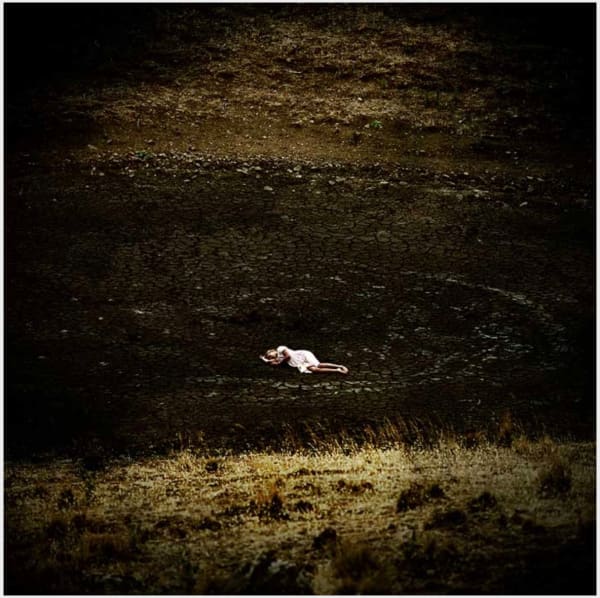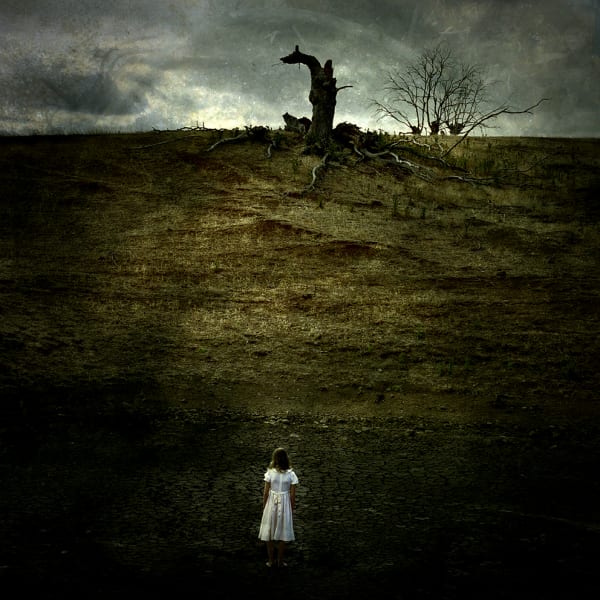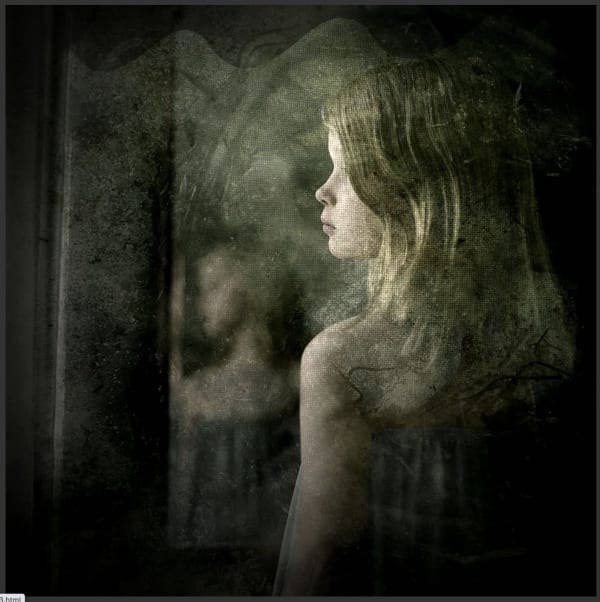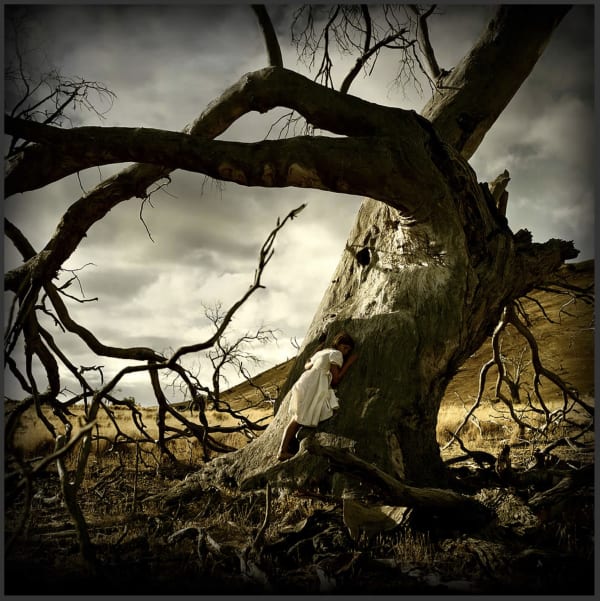Jane Burton: Motherland
Photography is undergoing liberation. Thirty years ago some still questioned photography’s legitimacy as an art form. Now photography’s status as art is a given.1 Recent technological advancement has furthered the freedom of photography, that in the hands of amateurs produces awkward excruiating fakes, but in the hands of accomplished artists like Jane Burton photography is evocative, subtle and powerful.
Photography captures traces of light and suspends these ghosts in time. As Martyn Jolly has written, “photography stops an image of a living person dead in its tracks, and peels that frozen image away from them.”2
French novelist Honoré de Balzac believed that ‘all physical bodies are made up of layers of ghostlike images, an infinite number of leaf-like skins laid one on top of the other’. According to this thinking every time someone had their photograph taken, one of the spectral layers was removed from the body and transferred to the photograph. This concept seems apt when thinking of the art of Jane Burton. The work of Burton uses these ideas of spirits and ghosts to provide a mood of doubt and uncertainty.
In this motherland series the adult female figure that is often seen (partly or fully undressed) in Burton’s work is replaced by a pre-adolescent girl. Despite concepts of purity and innocence that one would ordinarily assign to such an image; these photos are marked with apparitions, stains and bruises. What has this young girl to look forward to; she has ‘ceased to be’3 before she is fully formed. Caught in time, between the future and the past.
In motherland #9, the girl in profile stares into the distance, she is separated from us through a veil of scrim, some of its weave full of dust that marks the passage of time. In the background a ghostly form seems apparent – is that a naked figure of an old woman? Is this haggard figure a portend of the young girl’s future? A wave of light that can be seen running across the top of the picture transports spirits to this world. In motherland #2 we see the curtains and their wave form of light, and a lifeless wintry tree from another place haunting the young girl behind her back.
A girl in a white dress stands (on the bed of a dried up dam) addressing the trunk of a dark and broken dead tree, its dry lifeless roots extend like tentacles above ground [#8], in another artwork [#7] the girl lies prone on this same dry drought ridden bed. Who is this girl on lying on the calico sack? [#4]
The term ‘spirit photography’ refers to the early history of photography when double exposures - accidental and otherwise created images that appeared to depict a living subject alongside the likeness of a deceased person (usually a relative). The mysterious black box of the camera was seen to imprint the spirit of the dead. Perhaps
all photography is a kind of ‘spirit photography’. Certainly Jane Burton’s photography is a powerful transport to a world of spirits. Some of the ghosts may even be her own.
Who is it that has left the curtain ajar in the lonely house on the hill? [#3]
David O’Halloran 2008
-
 Jane BurtonMotherland #1, 2008Type C photograph75 x 75cmEdition of 5Sold
Jane BurtonMotherland #1, 2008Type C photograph75 x 75cmEdition of 5Sold -
 Jane BurtonMotherland #2, 2008Type C photograph75 x 75cmEdition of 5AU$ 4,200.00 + framing
Jane BurtonMotherland #2, 2008Type C photograph75 x 75cmEdition of 5AU$ 4,200.00 + framing -
 Jane BurtonMotherland #3, 2008Type C photograph75 x 75cmEdition of 5 plus 1 artist's proofSold
Jane BurtonMotherland #3, 2008Type C photograph75 x 75cmEdition of 5 plus 1 artist's proofSold -
 Jane BurtonMotherland #4, 2008Type C photograph75 x 75cmEdition of 5 plus 1 artist's proofAU$ 4,200.00 + framing
Jane BurtonMotherland #4, 2008Type C photograph75 x 75cmEdition of 5 plus 1 artist's proofAU$ 4,200.00 + framing -
 Jane BurtonMotherland #5, 2008Type C photograph75 x 75cmEdition of 5Sold
Jane BurtonMotherland #5, 2008Type C photograph75 x 75cmEdition of 5Sold -
 Jane BurtonMotherland 6, 2008Type C photograph75h x 75w cmEdition of 5 plus 1 artist's proofSold
Jane BurtonMotherland 6, 2008Type C photograph75h x 75w cmEdition of 5 plus 1 artist's proofSold -
 Jane BurtonMotherland 7, 2008Type C photograph75 x 75cmEdition of 5AU$ 4,200.00 + framing
Jane BurtonMotherland 7, 2008Type C photograph75 x 75cmEdition of 5AU$ 4,200.00 + framing -
 Jane BurtonMotherland #8, 2008Type C photograph75 x 75cmEdition of 5Sold
Jane BurtonMotherland #8, 2008Type C photograph75 x 75cmEdition of 5Sold -
 Jane BurtonMotherland #9, 2008Type C photograph75 x 75cmEdition of 5AU$ 4,200.00 + framing
Jane BurtonMotherland #9, 2008Type C photograph75 x 75cmEdition of 5AU$ 4,200.00 + framing -
 Jane BurtonMotherland #10, 2008Type C photograph75 x 75cmEdition of 5AU$ 4,200.00 + framing
Jane BurtonMotherland #10, 2008Type C photograph75 x 75cmEdition of 5AU$ 4,200.00 + framing

